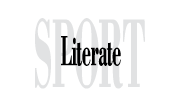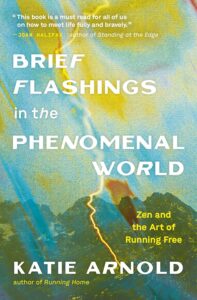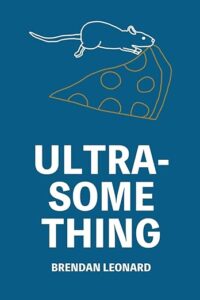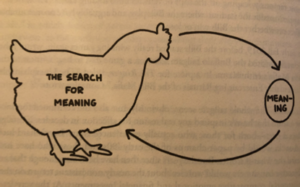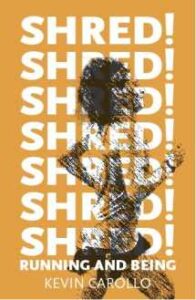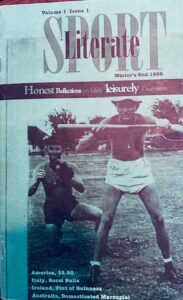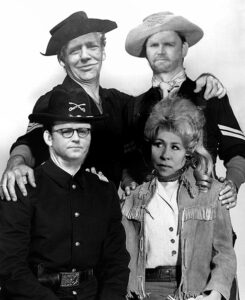White House Crackdown Round 1: Nuclear Button Cage Match Professional Wrestling Script Proposal
https://sportliterate.org/wp-content/themes/osmosis/images/empty/thumbnail.jpg 150 150 bjj-sportliterate bjj-sportliterate https://secure.gravatar.com/avatar/592f60292ffae558017e7047d039bebe88be7eca3a999965f3a7f0501ad82d49?s=96&d=mm&r=gWhite House Crackdown Round 1:
Nuclear Button Cage Match Professional Wrestling Script Proposal
by Mark Pearson
Cold Open
Camera pans audience at a packed arena at the national collegiate wrestling championships as anticipation builds for the opening match. Heightening the pre-event tension, a rumor has been circulating that The President may attend the event. Suddenly, Walkout music starts:“We don’t need no education” and the crowd goes berserk, chanting USA, USA, USA, stomping and Clapping.
Announcer 1: The fans are ready. This house is rocking
Cut to corner entrance: The President emerges from a cloud of fog and flashing lights. The noise is deafening.
Announcer 2: Ladies and gentlemen, The President has entered the arena.
The noise rises as the fog begins to clear and the President walks along the edge of the front row seats smiling and shaking hands with the fans. He is wearing a long black wool overcoat, over a black suit, white shirt, red tie and black patent leather wrestling boots. Camera pans main floor where an elevated roped in pro wrestling ring has been set up on top of the wrestling mats. Inside the ring, a cage has been placed around a table with a button (the kind of red button you can buy at a five and dime store).
Announcer 1: He’s got the boots on folks. We’re in in for a show tonight.
The President turns from adoring fans and strides toward the ring at the center of the floor.
Announcer 2: Fans. We have a special treat for you tonight. A nuclear button cage match with a five-minute time limit against an unnamed opponent. To win this match, one wrestler must unhinge the door, enter the cage, and hit the button.
As the fog clears around the President, red letters on the back of his overcoat become visible. They read: Il Presidente.
Announcer 1: Who’s the opponent?
Announcer 2: There’s some action in the opposite corner of the arena. His opponent is entering.
Announcer 1: It’s The Professor!
The crowd erupts with thundering boos as The Professor, a short balding man wearing wire rimmed glasses and a tweed jacket with leather elbow patches over a black wrestling singlet and tights, enters the arena with an entourage of graduate students, each carrying a stack of books on wrestling technique and boxes of documents labeled Top Secret.
Announcer 2: (Getting excited) Those books are banned! Those books are banned! I don’t know if this is going to fly.
Announcer 1: What can they do about it now?
Announcer 2: Let’s see what the referee has to say about it.
Announcer 1: Wait a minute. That’s no ordinary referee.
Announcer 2: You’re right. It looks like we have another special guest tonight, filling in for our regular referee. It’s the Chief Justice of the Supreme Court!
Announcer 1: Wow. What a night folks and the action hasn’t even started.
Announcer 2: Who’s that following The President down the aisle?
Announcer 1: That’s Ann R. Key, his longtime loyal manager. She’s giving him some final advice as he enters the ring.
Announcer 2: It looks like we’re about to get started here. The professor is climbing into the ring. His grad students are piling his books and boxes in his corner but wait. Our referee, the chief justice has something to say. He’s confronting The Professor. Now he’s speaking to the mat judges – it’s The Supreme Court justices. They’ve assembled at ringside!
Announcer 1: They’ve banned the books. They’re throwing the books out of The Professor’s corner.
The President rushes to the corner and grabs a box of documents and tries to retreat to his corner but The Professor dives in for a low ankle and trips the President. The President drops the box, and documents spill onto the ring mat. As the President grabs the random papers and stuffs them in his overcoat pockets, the opening bell sounds with a resounding ding, ding, ding.
Announcer 2: And we’re underway folks. A quick start to the action. The President is preoccupied with the documents. What’s he doing? The Professor has struck early. What strategy. What mental acuity. Who knows what secrets he’s got in those books and boxes.
Announcer 1: It looks like The Professor is making an appeal to the chief justice. He wants his documents back from The President! The action is paused. Both wrestlers to a neutral corner. The justice turns to the mat judges. They’re voting. It’s a quick judgement. Once again, it’s a two to one vote in favor of The President. He can keep those documents. And the action is underway again.
Announcer 2: I’ll tell ya. You just cannot keep this President down. He’s the king of comebacks.
Announcer 1: I agree with that. My money’s on the President. He just doesn’t lose. In fact, I don’t think he’s ever lost. He’s undefeated. The undisputed President.
Announcer 2: The Professor strikes again with the low ankle dive.
Announcer 1: That ankle dive is proving effective today. The President is scrambling. He’s still down. He kicks free. He’s going for another document. The Professor moves to defend. He’s blocking the President’s path. No. It’s a fake by the President. The Professor is out of position and The President goes straight for the cage door looking to end this quickly.
In the ring, The Professor charging at The President’s back, suddenly dives at The President’s ankle, tripping him as he reaches for the cage door. The President hits his face on the cage but clings to the bottom of the cage door. He kicks at the professor who is losing his grip. The President starts raising himself reaching for the cage door handle.
Announcer 1: I think he’s going to get it.
Announcer 2: There’s a weight discrepancy here and it favors The President. I don’t think the Professor can hold him.
Camera cuts to the crowd. The crowd which has been cheering wildly has gone quiet. There seems to be some speculation about the authenticity of the button. “Is it for real?” a fan asks.
Camera cuts back to the ring. As The President inches closer to the door handle, the crowd begins to chant, Nuke ‘em, Nuke ‘em, Nuke ‘em.”
Announcer 1 suddenly points to the arena entry: What’s that?
Announcer 2: It’s a shirtless man on a horse! He’s riding down the aisle to the ring.
Announcer 1: That’s no ordinary shirtless man. That’s The Shirtless Dictator!
Announcer 2: My God. It’s World War 3.
Announcer 1: It’s an apocalyptic night, ladies and gentlemen.
The crowd is booing The Shirtless Dictator as he approaches the ring. He rides up to the ring, dismounts onto the ring apron, grabs the top rope, and then swings his entire body over the top rope and into the ring. The President releases his grip on the cage door and stands up with The Professor still clinging to his ankle.
Announcer 1: It’s not looking good for The President.
Announcer 2: You’re right. Two on one. A tough situation, but I gotta believe he’s been here before. He can handle it.
In the ring, The President comes face to face with The Shirtless Dictator. The crowd has amped up the volume. They resume their chant, “Nuke ‘em, Nuke ‘em, Nuke ‘em.”
Announcer 1: We’re running out of time here folks. If the button’s not struck, the decision goes to the mat judges.
Announcer 2: That could be part of The President’s strategy.
Announcer 1: No doubt about that.
The Shirtless dictator suddenly grabs The President’s arm and executes a perfect arm throw.
Announcer 2: Judo throw. He should have seen it coming.
The momentum of the throw frees The President’s foot from The Professor’s grip. The President rolls across his back and hops up to his feet, energizing the crowd, which starts chanting the name of his signature finishing move. “Come Back Slam, Come Back Slam, Come Back Slam.”
Announcer 1: Here it comes. Sweet revenge!
The President charges The Shirtless Dictator body locks him and executes a flawless suplex. As the Shirtless Dictator bounces off the canvas and rolls under the bottom rope and out of the ring, The President regains his feet and then drops an atomic elbow across the back of The Professor, who has been crawling aimlessly around the ring on his hands and knees. The atomic elbow knocks the professor out cold, leaving an open path to the cage door for The President.
Announcer 1: Looks like The Professor is done for the night. I don’t think he knows how to deal with the real world.
Announcer 2: There’s nothing to stop The President now. He’s inside the cage. He’s raising his hand and one, two three. He’s smacked the button, not once but three times. He’s got the flag wrapped around his shoulders now and he’s circling the ring waving at his fans. Another amazing comeback by The President. Unbelievable. It’s all over folks.
There’s a sudden bright white flash and the lights go out.
Mark Pearson is the author of the short story collection Famous Last Lines (Main Street Rag Publishing Company, 2013). His essay, “The Short History of an Ear,” originally published in Sport Literate, was anthologized in The Best American Sports Writing 2011. He teaches literature and humanities in Pottstown, Pennsylvania, where he lives with his wife and two daughters.
